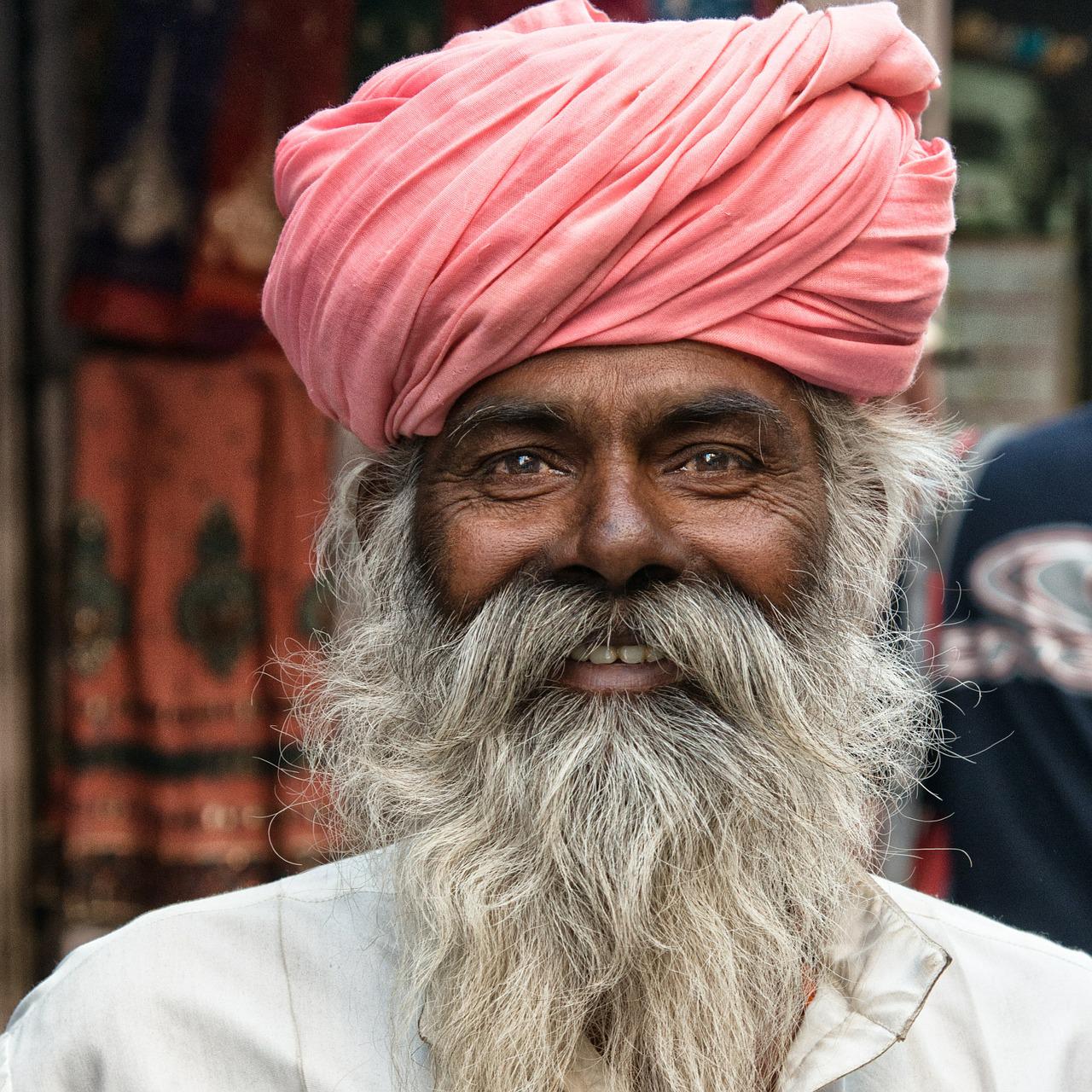India has a well-developed infrastructure, large scientific manpower pool, and a rapidly expanding agricultural sector. This country is also known for its rich cultural exports. Though most of the country’s population lives in rural areas, it boasts three of the world’s largest cities. Read on to learn more about India’s economic and political history. We’ll also discuss the country’s religions, culture, and geography. And, of course, let’s not forget its Centrally-planned economy.
Culture of India
Cultural diversity in India is one of the country’s most appealing traits. Its diverse religions and cultures create a rich diversity of festivals and events. Christians celebrate Christmas and Good Friday, Sikhs celebrate Baisakhi and Hindus celebrate Diwali and Holi. Buddhists celebrate Buddha’s birthday, while Parsis celebrate Nowruz. And there are thousands of other festivals and traditions in India. Learn about some of them.
Geography of India
As diverse as its cultures, the Geography of India is an intriguing blend of contrasting landscapes, landscape changes, and climates. The land of India spans 3287,263 sq. km and encompasses snowy mountains, lush green valleys, dry, hot deserts, and even beautiful beaches. The Indian subcontinent’s varied topography, which is largely influenced by climate and geography, is easily identifiable on a world map.
Religions of India
In this accessible introductory textbook, Mittal and Thursby present an overview of Indian religions. They also discuss key figures and terms. Further, they discuss the factors that contributed to the establishment of particular religions and their growth. Religions of India will prove valuable for students with varying points of view. The authors’ discussion questions and suggested readings make it an ideal textbook for students who are not yet experts. They have included a wealth of information that will help students better understand Indian religions.
Centrally-planned economy
A centrally-planned economy is a type of economic system where the government directs the planning process. The overall goal of this type of economy is to reduce unemployment and to maximize food availability and efficiency. As a result, many economists have criticized these systems for their lack of market competition and inefficiency. In fact, most developed countries have a hybrid system of central planning and free market systems, which skews heavily towards free markets.
Tourism in India
The tourism industry in India contributes a substantial amount of foreign exchange, and it has facilitated growth in various sectors. In recent years, the government has given a major boost to the industry, realizing the importance of tourism for economic development. Today, tourism in India is one of the largest service industries in the country, contributing 6.23% of the national GDP, and accounting for 8.78% of the total employment. To attract more tourists, the government is working to improve the infrastructure and increase accessibility.
Health care in India
Governments in India have many schemes to provide health care. Under the National Health Protection Scheme (NHPS), individuals and families from the bottom two income quintiles can receive free care for basic and secondary health care. However, it is important to note that the scheme does not cover outpatient care. Other publicly funded insurance schemes are provided to the poor and cover all types of care, including post-hospitalization care. Moreover, citizens in the lowest income brackets have access to free health care in public hospitals.

